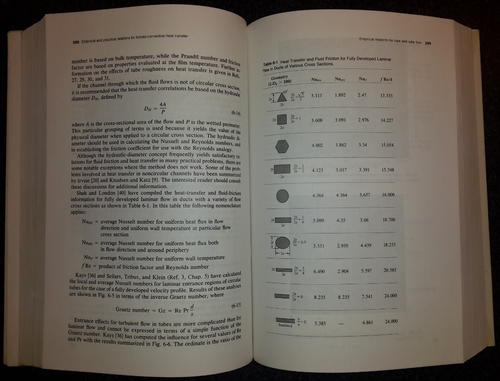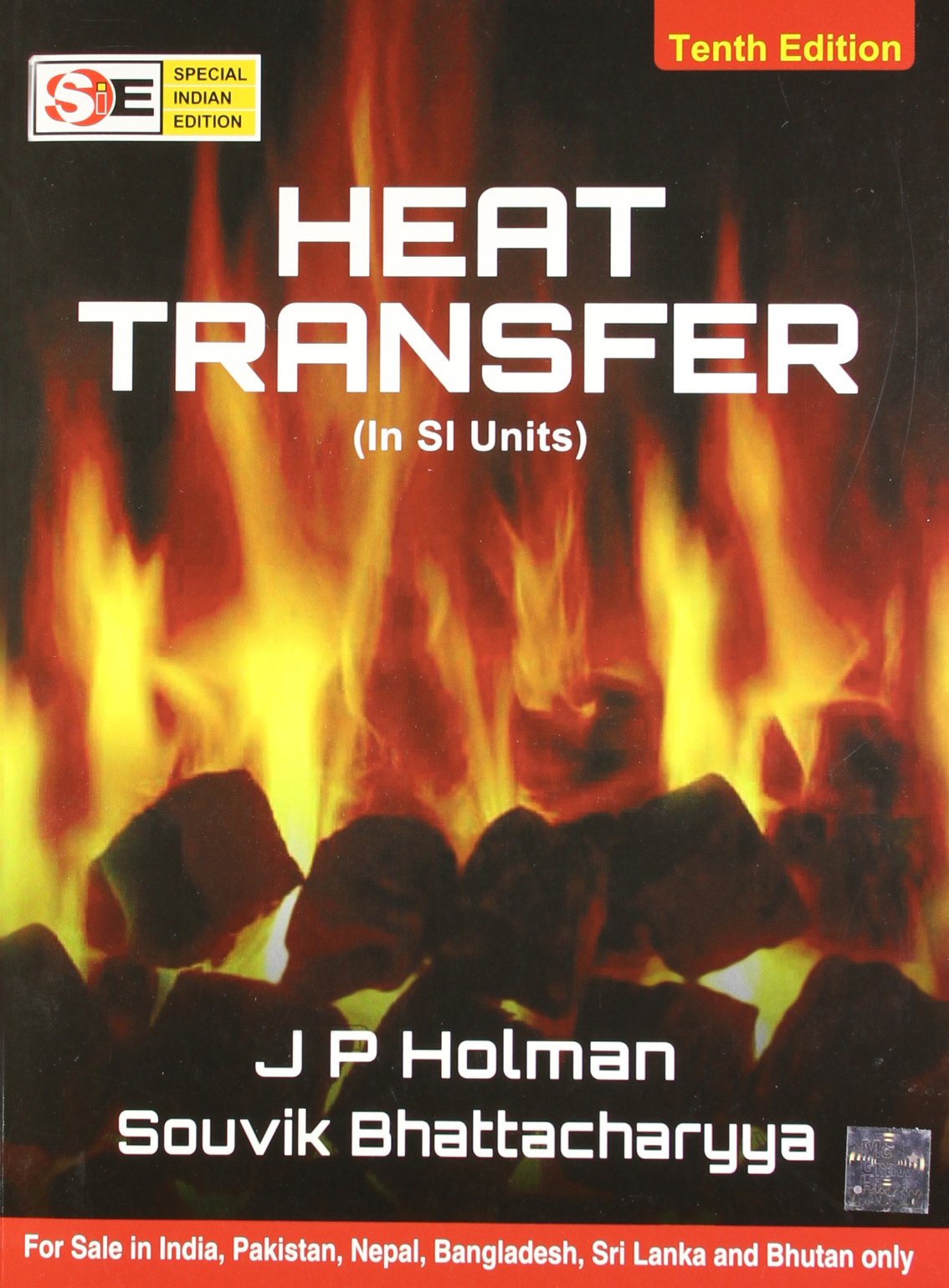

Finally, the problem is solved using an appropriate approach, and the results are interpreted. The relevant physical laws and principles are invoked, and the problem is formulated mathematically. When preparing a mathematical model, all the variables that affect the phenomena are identified, reasonable assumptions and approximations are made, and the interdependence of these variables are studied. 1-6C Modeling makes it possible to predict the course of an event before it actually occurs, or to study various aspects of an event mathematically without actually running expensive and time-consuming experiments. The analytical approach (analysis or calculations) has the advantage that it is fast and inexpensive, but the results obtained are subject to the accuracy of the assumptions and idealizations made in the analysis. However, this approach is expensive, time consuming, and often impractical. 1-5C The experimental approach (testing and taking measurements) has the advantage of dealing with the actual physical system, and getting a physical value within the limits of experimental error. The sizing problems deal with the determination of the size of a system in order to transfer heat at a specified rate for a specified temperature difference.

1-4C The rating problems deal with the determination of the heat transfer rate for an existing system at a specified temperature difference.

It was abandoned in the middle of the nineteenth century after it was shown that there is no such thing as the caloric. 1-3C The caloric theory is based on the assumption that heat is a fluid-like substance called the "caloric" which is a massless, colorless, odorless substance. (a) The driving force for fluid flow is the pressure difference. (b) The driving force for electric current flow is the electric potential difference (voltage). 1-2C (a) The driving force for heat transfer is the temperature difference. Heat transfer, on the other hand, deals with the rate of heat transfer as well as the temperature distribution within the system at a specified time. engelĬhapter 1 BASICS OF HEAT TRANSFERThermodynamics and Heat Transfer 1-1C Thermodynamics deals with the amount of heat transfer as a system undergoes a process from one equilibrium state to another. Mehmet Kanoglu who checked the accuracy of most solutions in this Manual. All of their suggestions have been incorporated. We acknowledge, with appreciation, the contributions of numerous users of the first edition of the book who took the time to report the errors that they discovered. We hope the text and this Manual serve their purpose in aiding with the instruction of Heat Transfer, and making the Heat Transfer experience of both the instructors and students a pleasant and fruitful one. However, in a text of this magnitude, it is inevitable to have some, and we will appreciate hearing about them. Every effort is made to produce an error-free Solutions Manual. Comprehensive problems designated with the computer-EES icon are solved using the EES software, and their solutions are placed at the Instructor Manual section of the Online Learning Center (OLC) at Access to solutions is limited to instructors only who adopted the text, and instructors may obtain their passwords for the OLC by contacting their McGraw-Hill Sales Representative at. Problems designated with the CD icon in the text are also solved with the EES software, and electronic solutions complete with parametric studies are available on the CD that accompanies the text. Comments are made on the results, as appropriate.Ī sketch is included with most solutions to help the students visualize the physical problem, and also to enable the instructor to glance through several types of problems quickly, and to make selections easily. The problem is solved in a systematic manner, showing all steps. The material properties needed to solve the problem are listed. The significant assumptions in solving the problem are stated. The solutions are structured into the following sections to make it easy to locate information and to follow the solution procedure, as appropriate: Solution Assumptions Properties Analysis Discussion The problem is posed, and the quantities to be found are stated.
#Heat transfer 9th edition solution manual jp holman full
With this in mind, all solutions are prepared in full detail in a systematic manner, using a word processor with an equation editor. PrefaceThis manual is prepared as an aide to the instructors in correcting homework assignments, but it can also be used as a source of additional example problems for use in the classroom. HEAT TRANSFERA Practical ApproachYUNUS A.


 0 kommentar(er)
0 kommentar(er)
